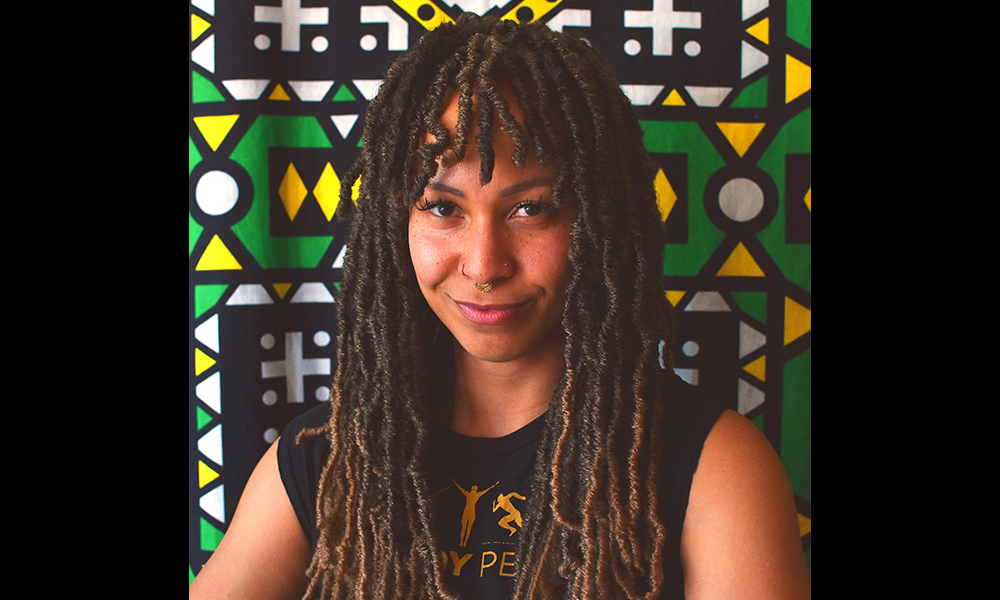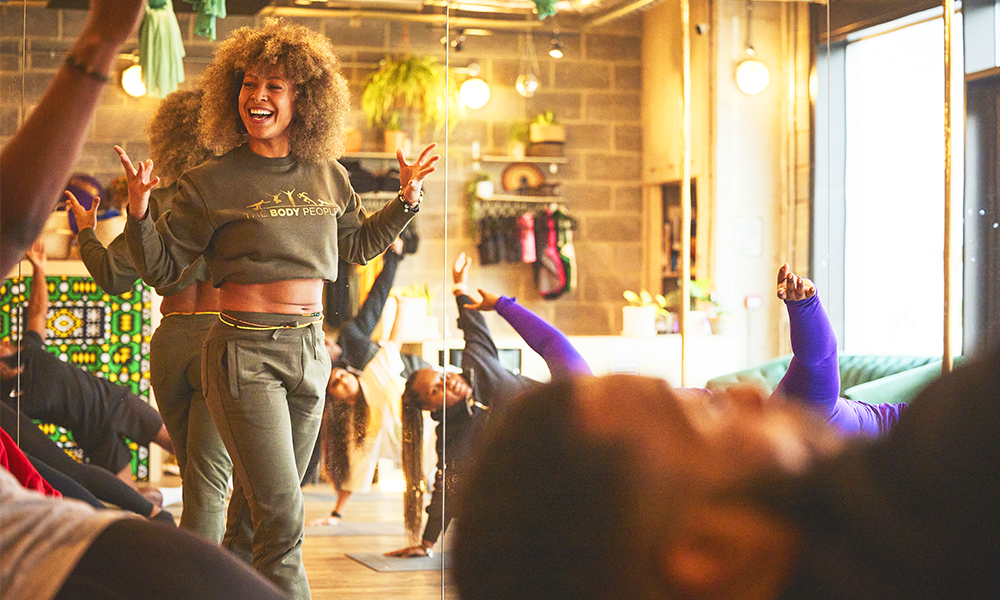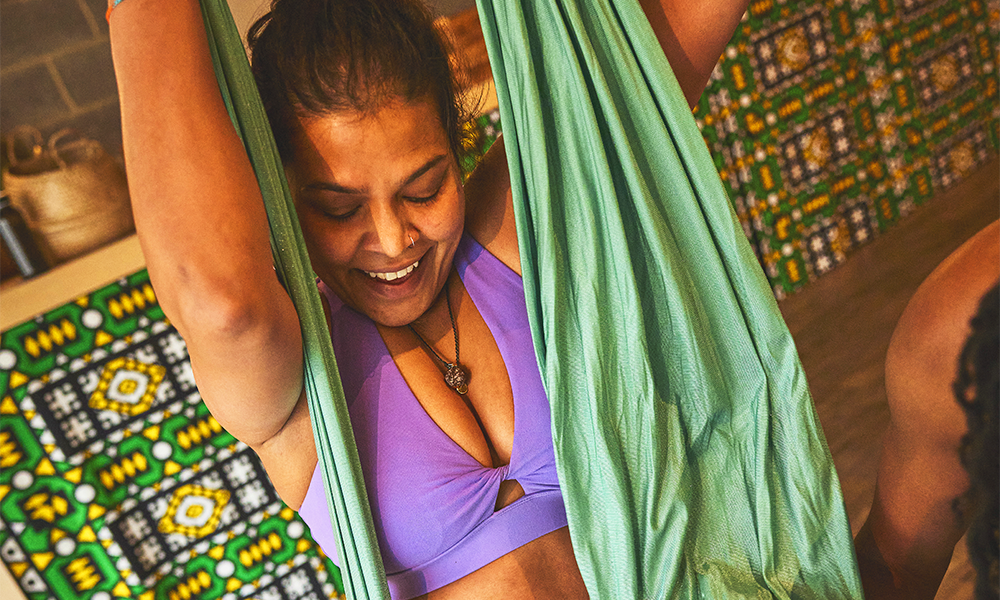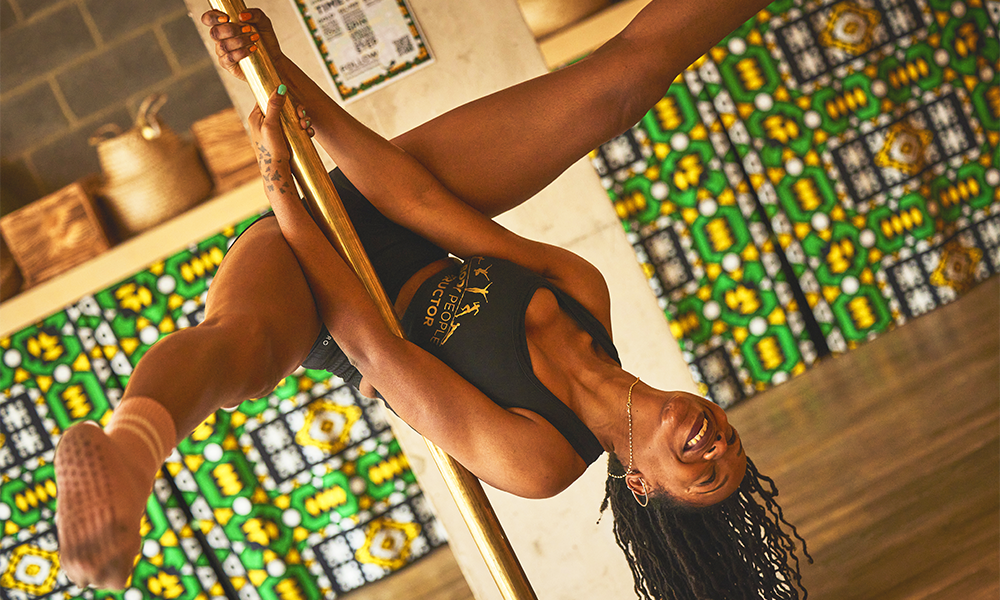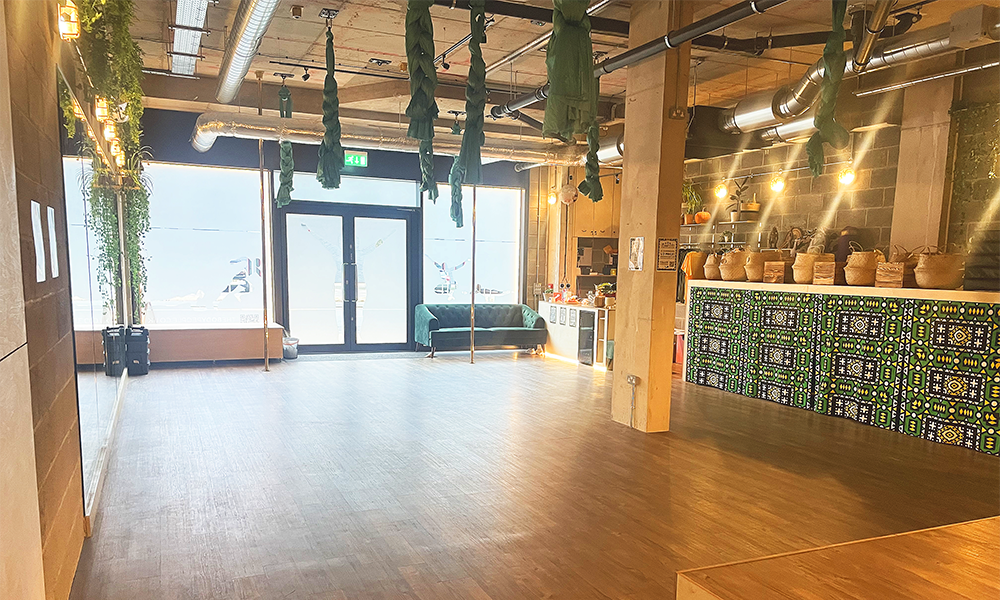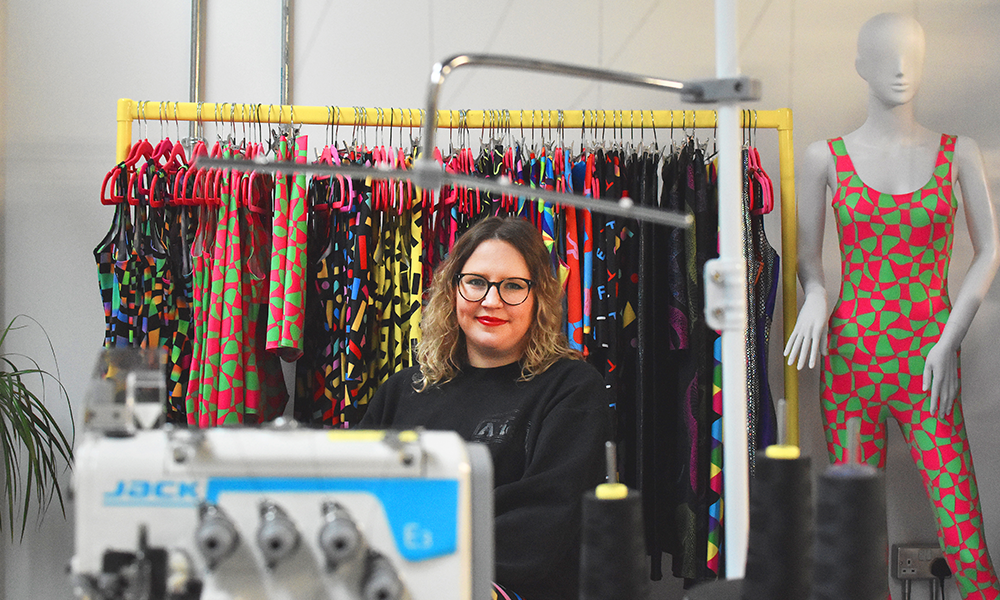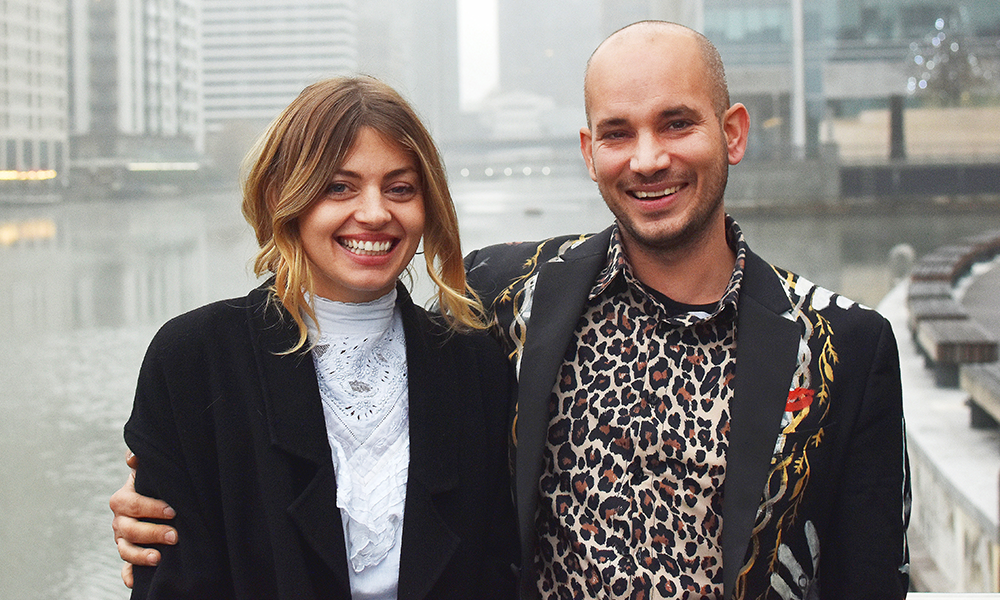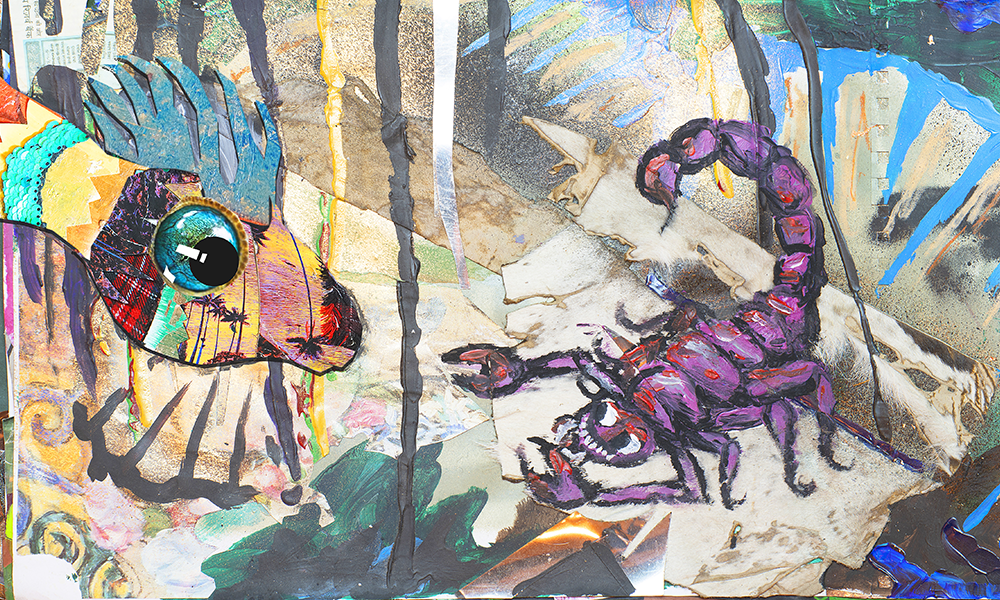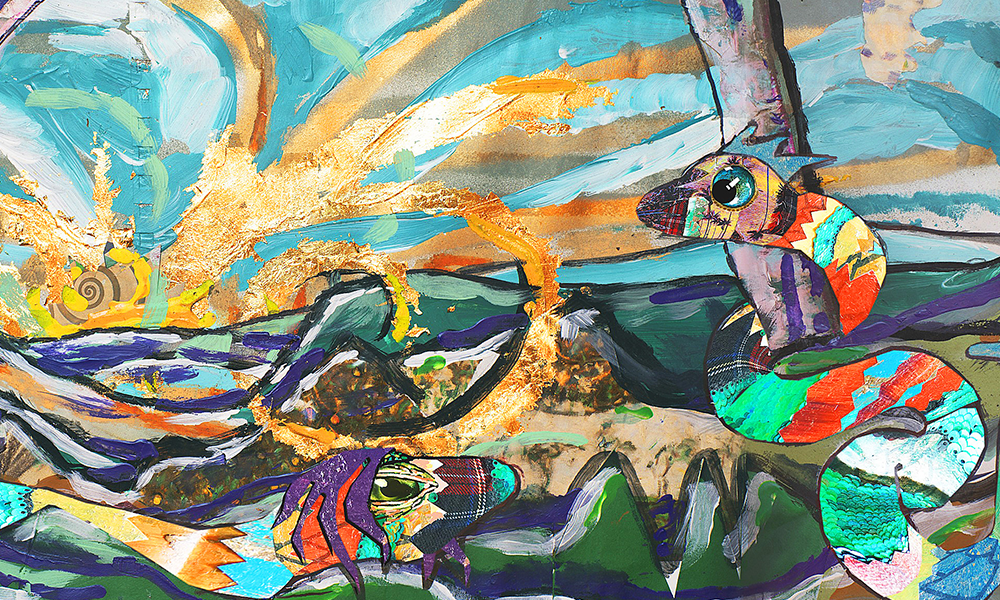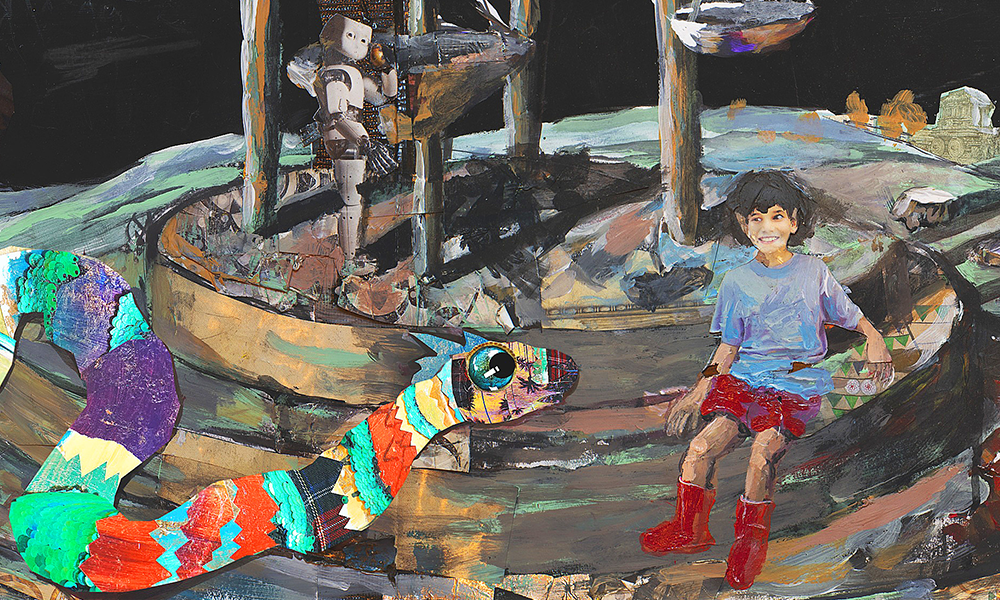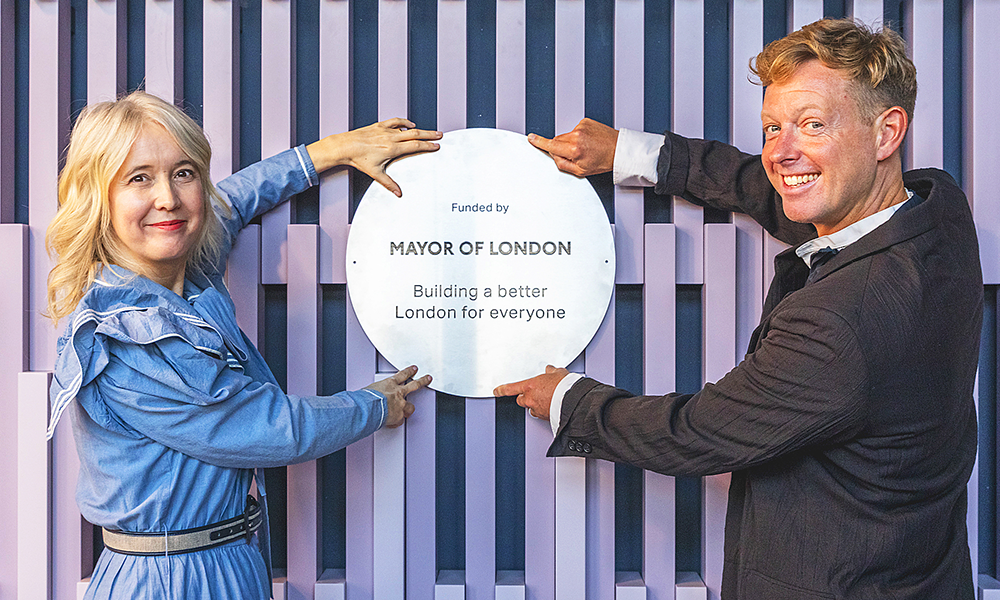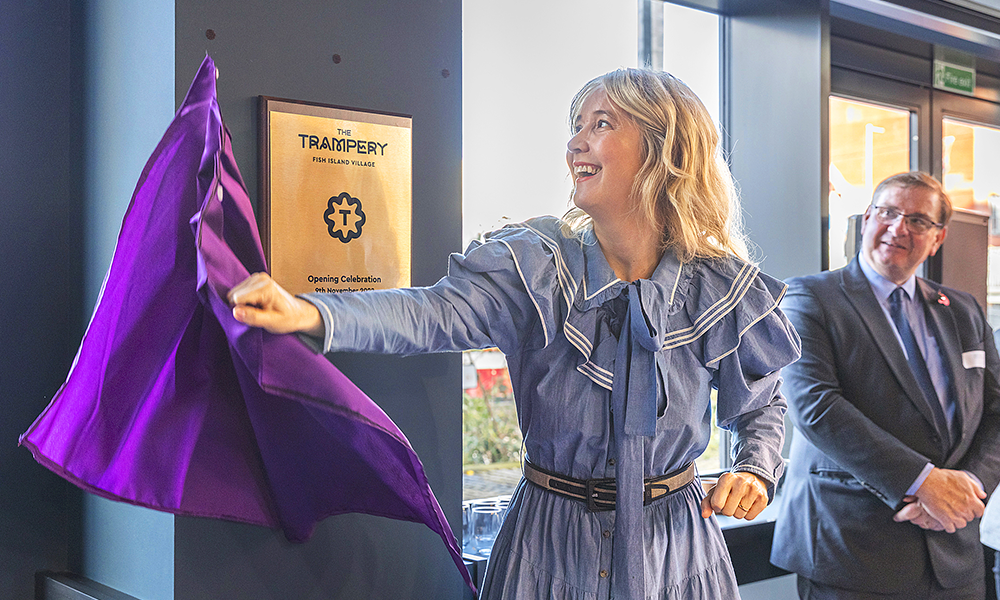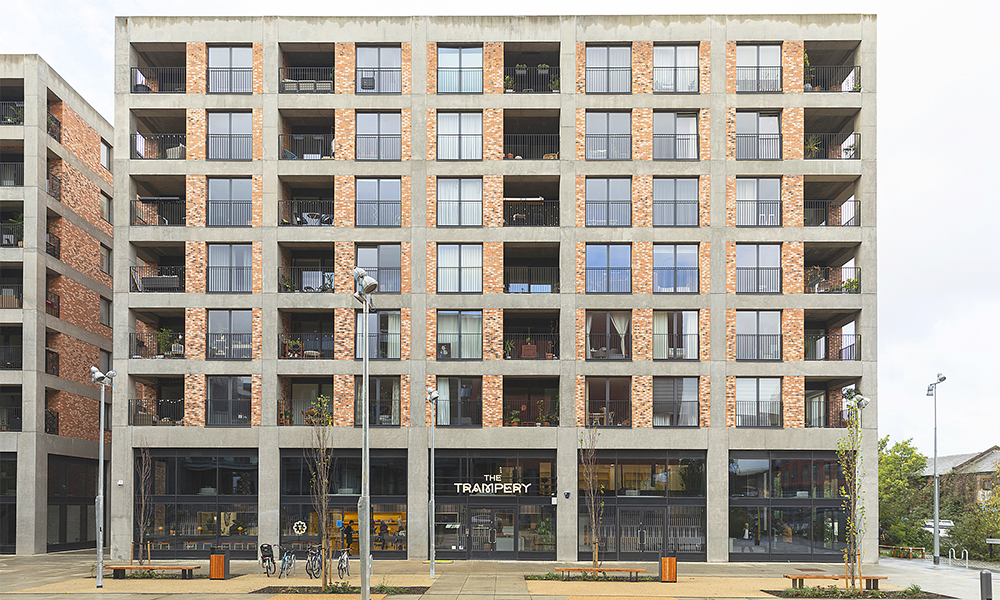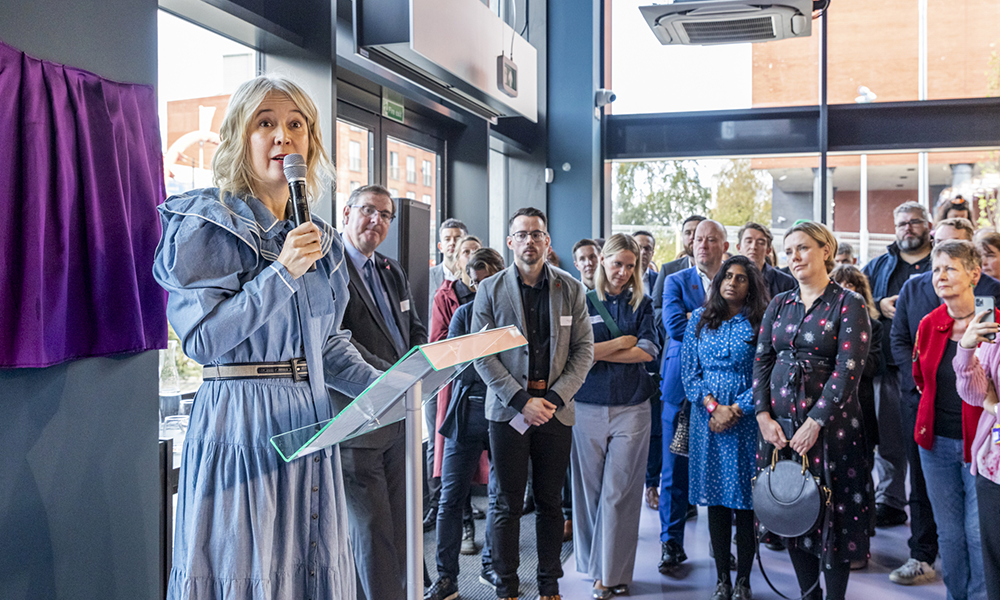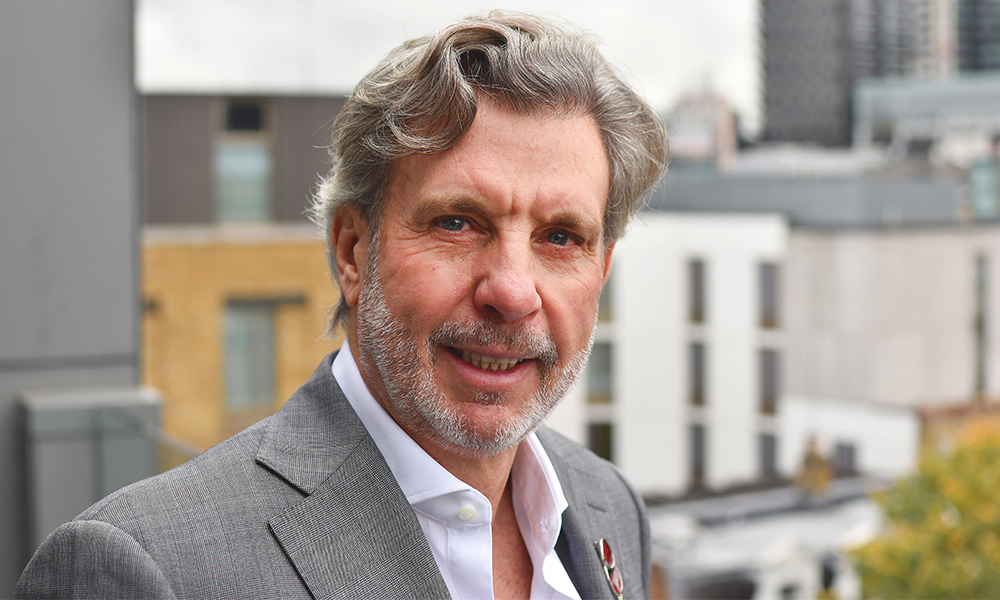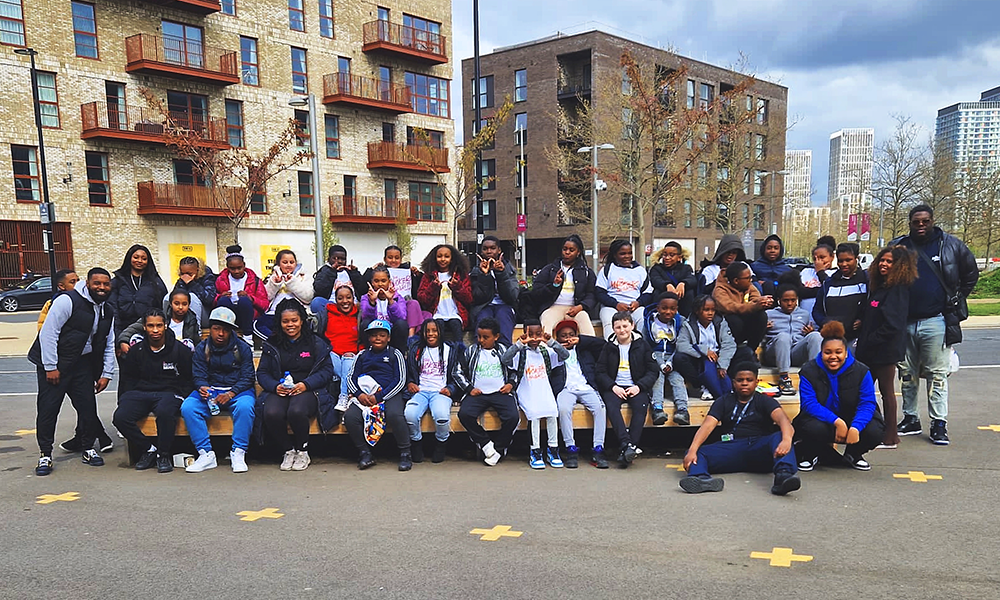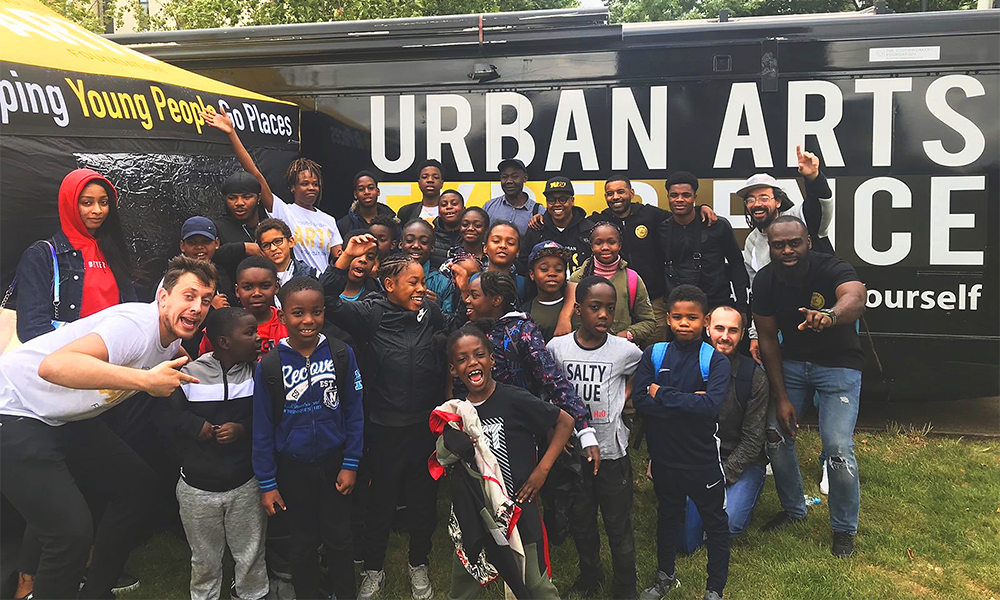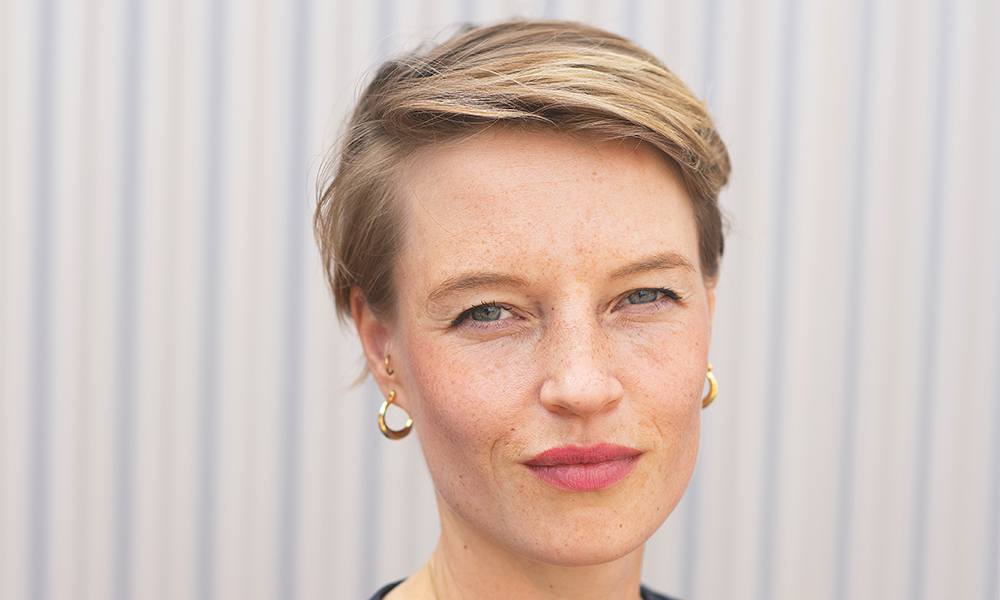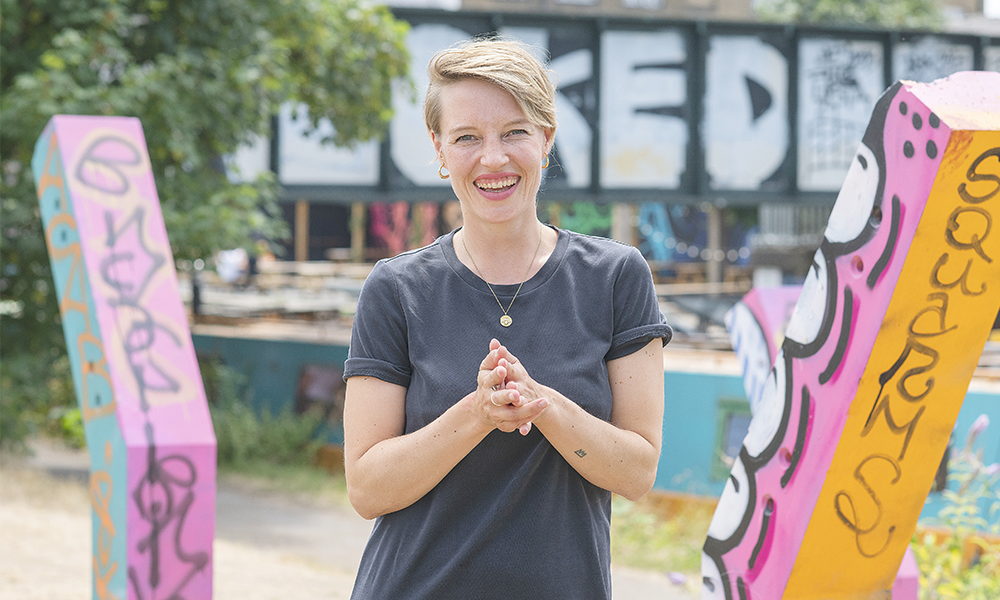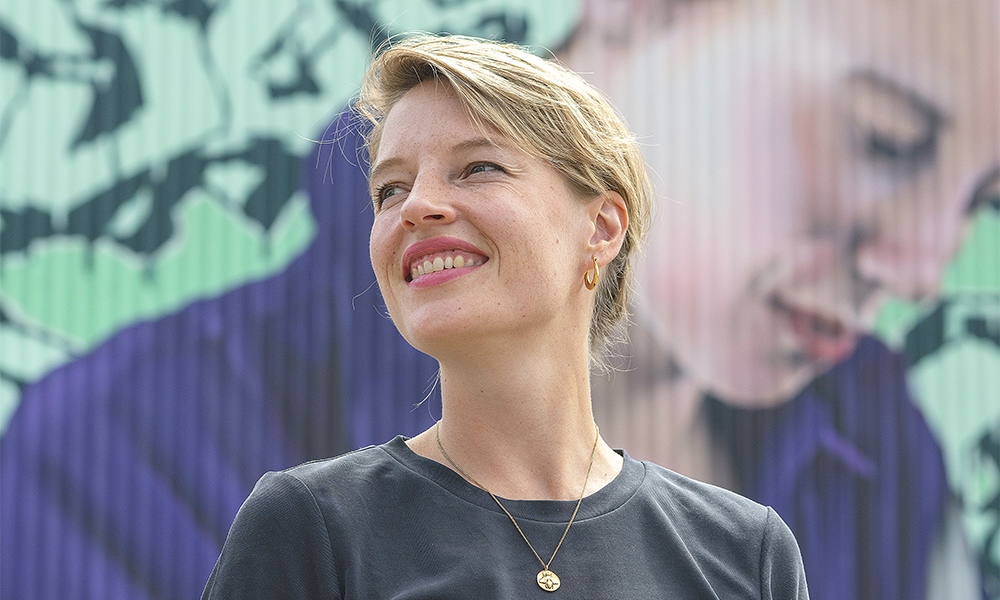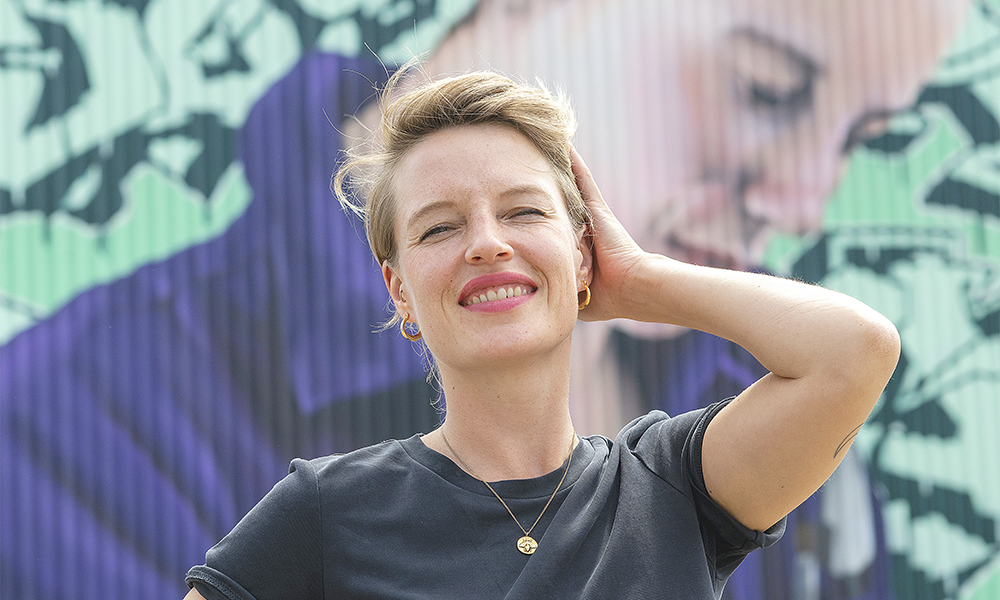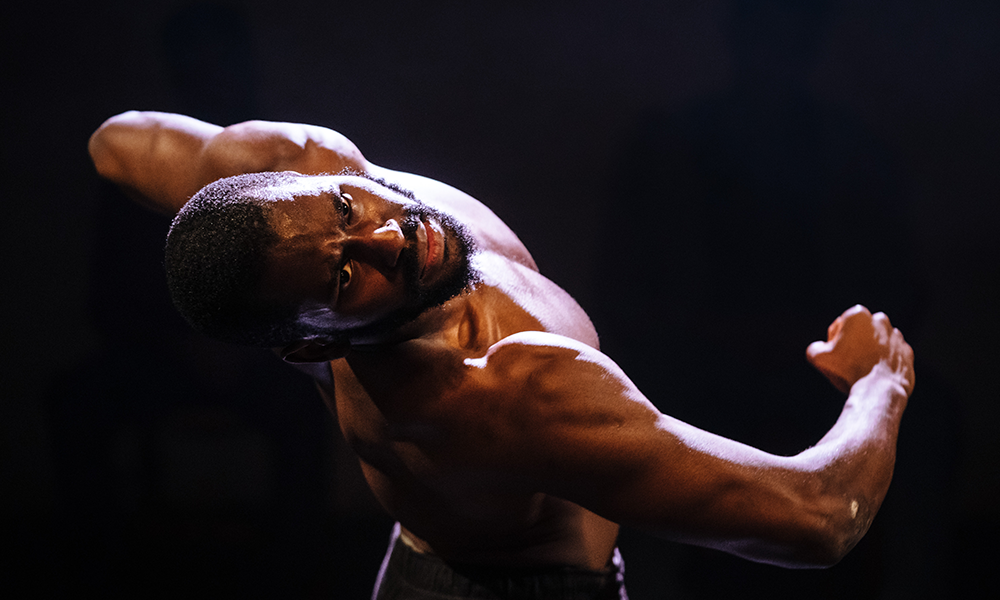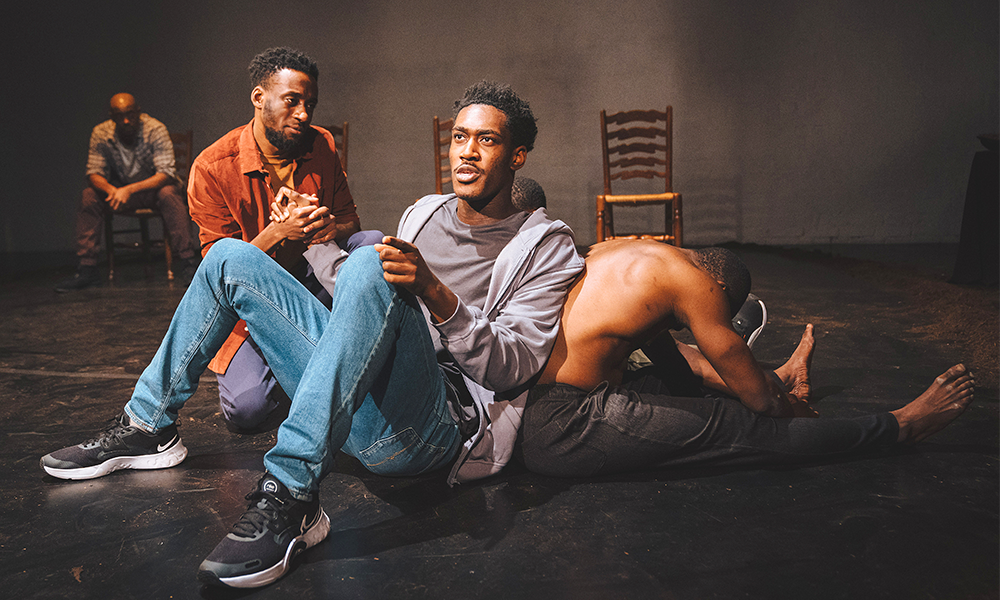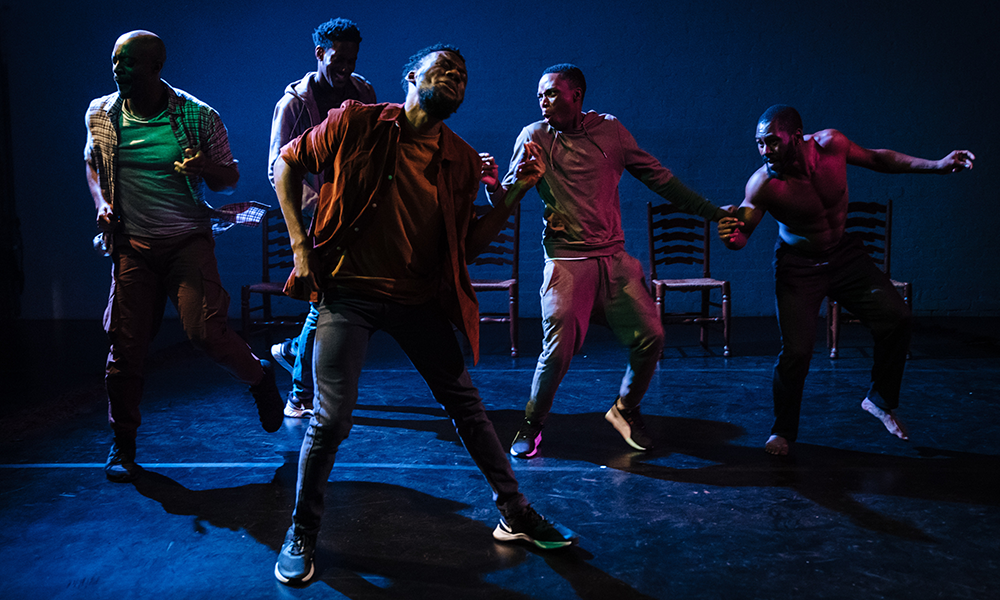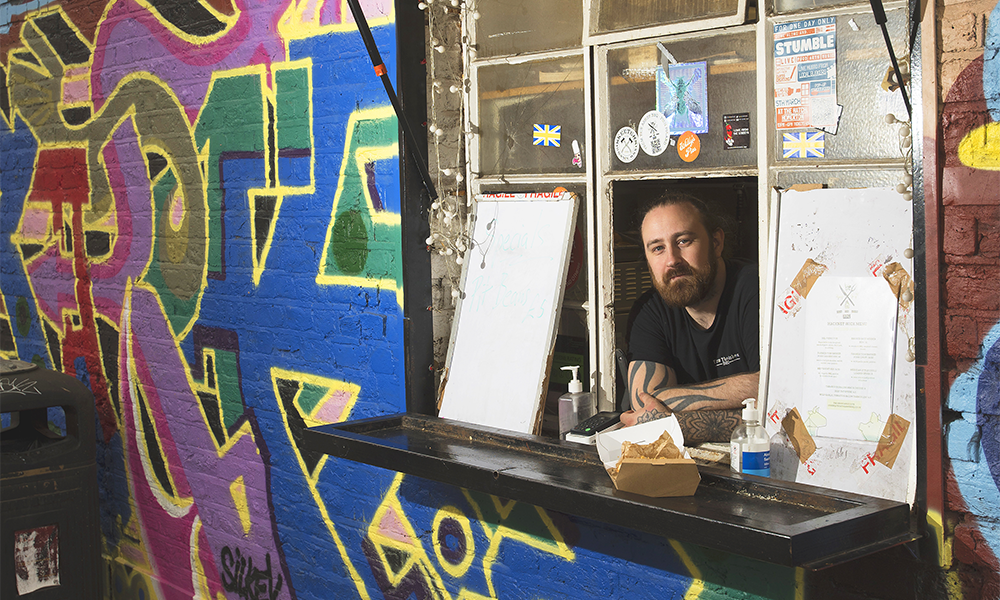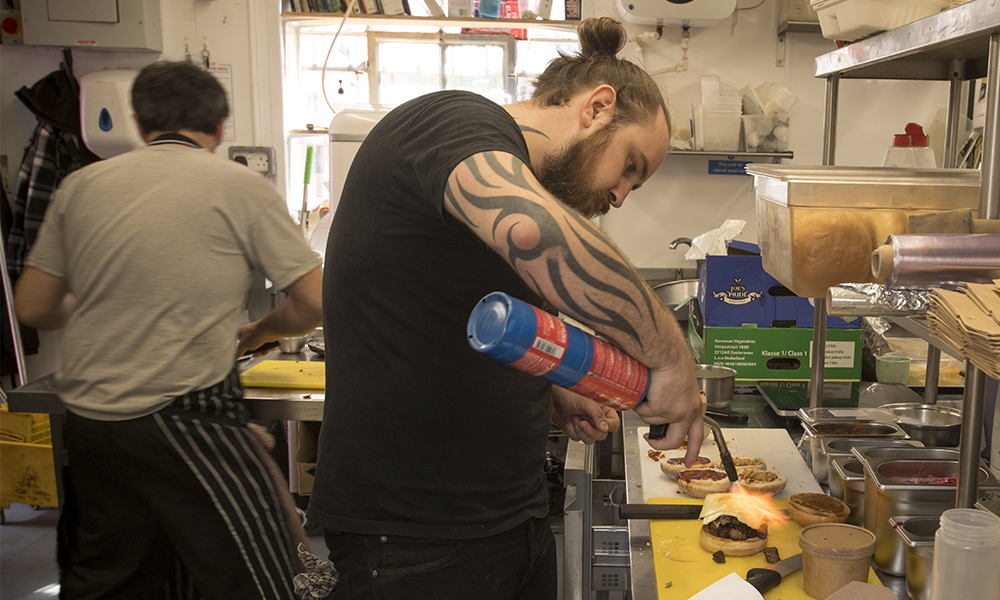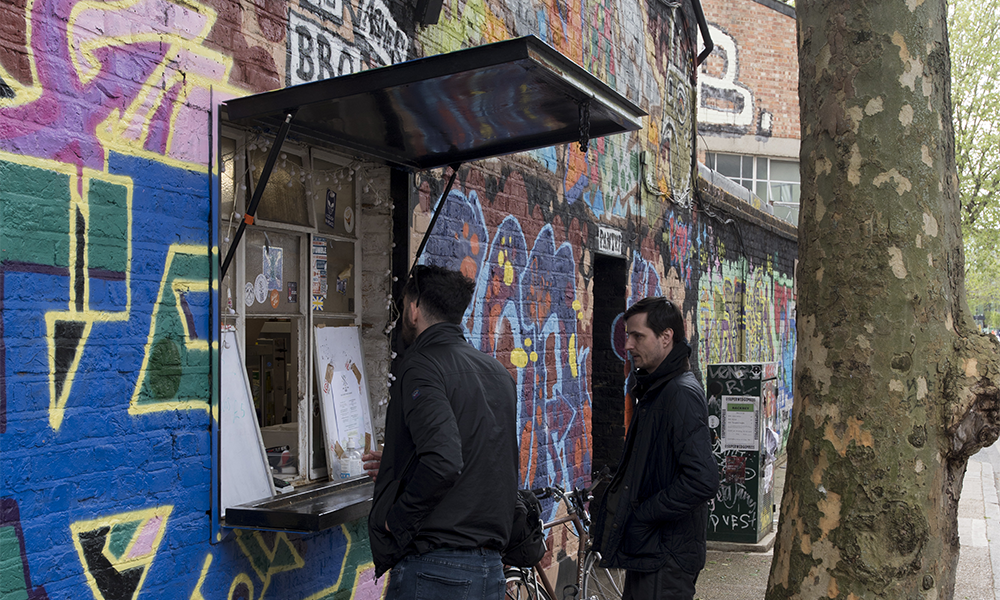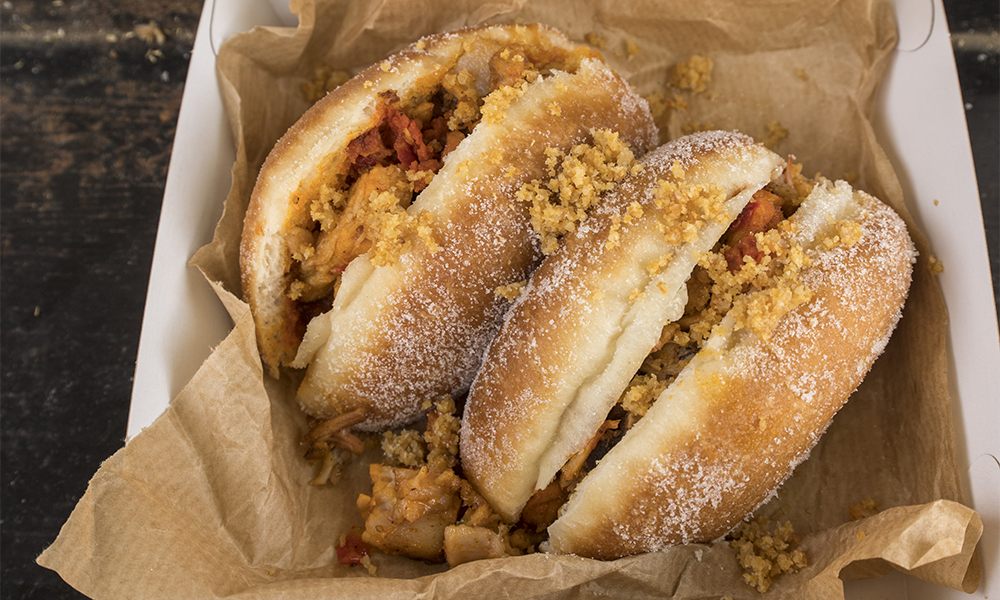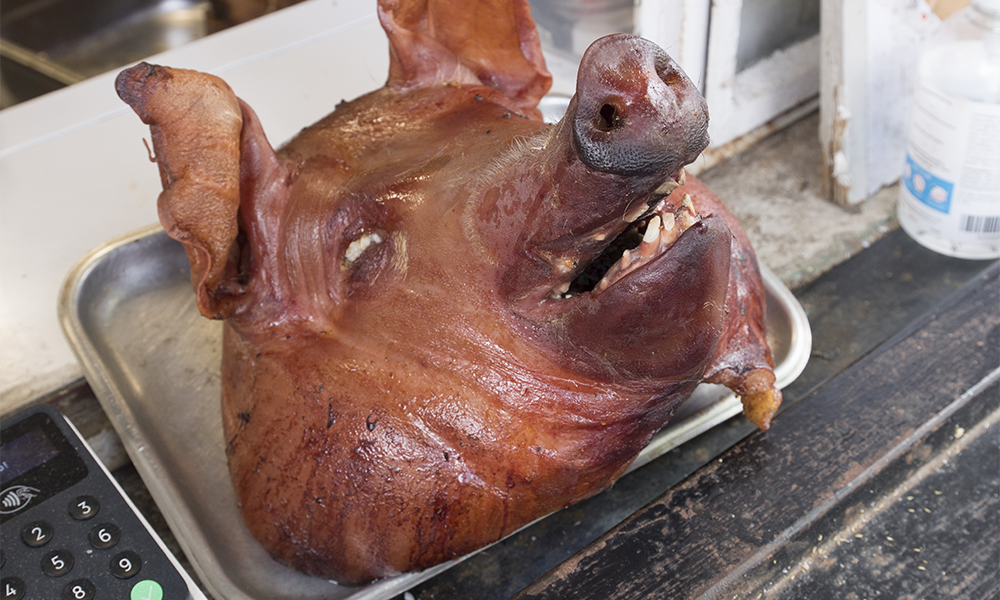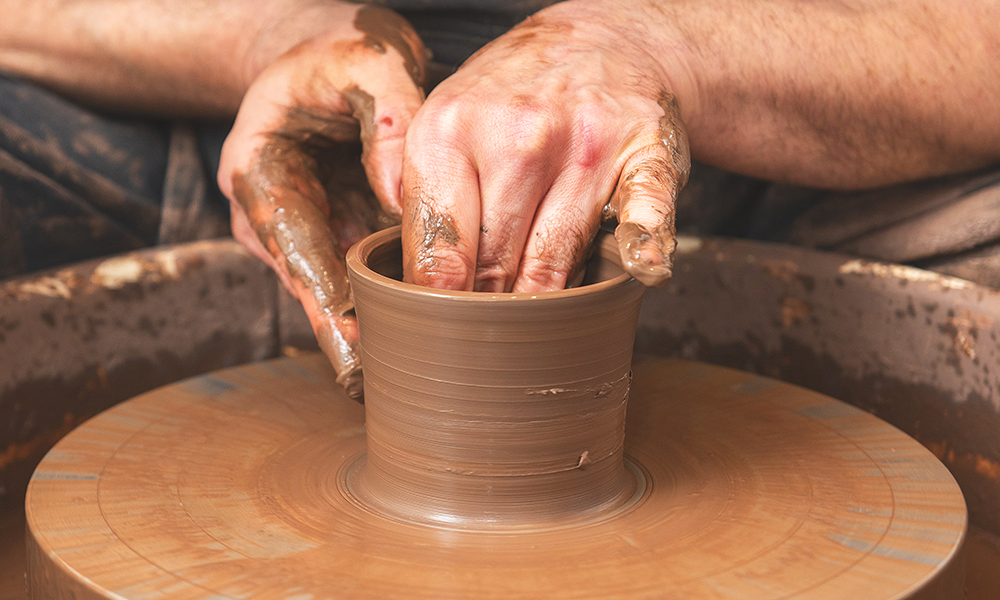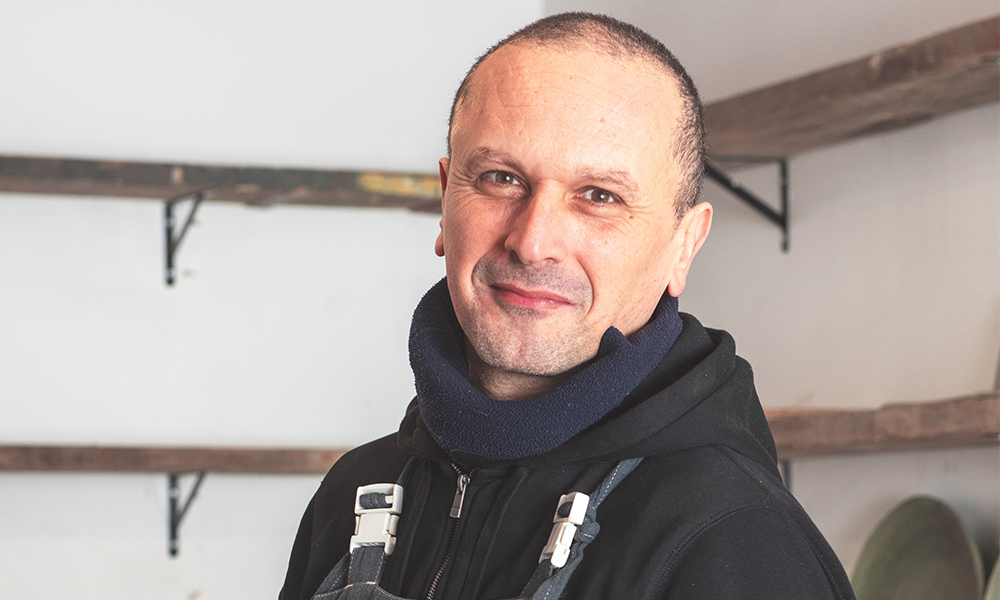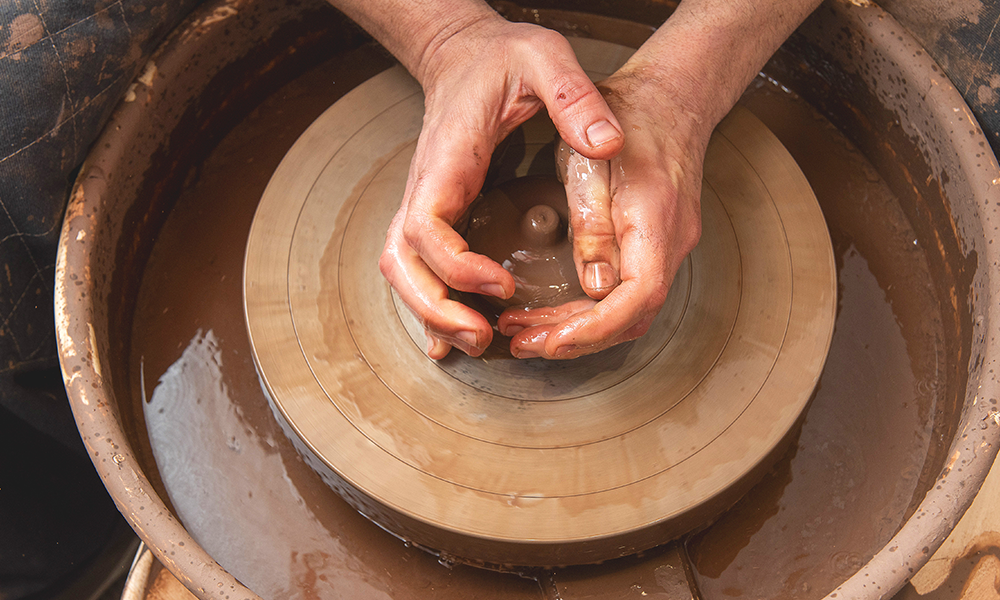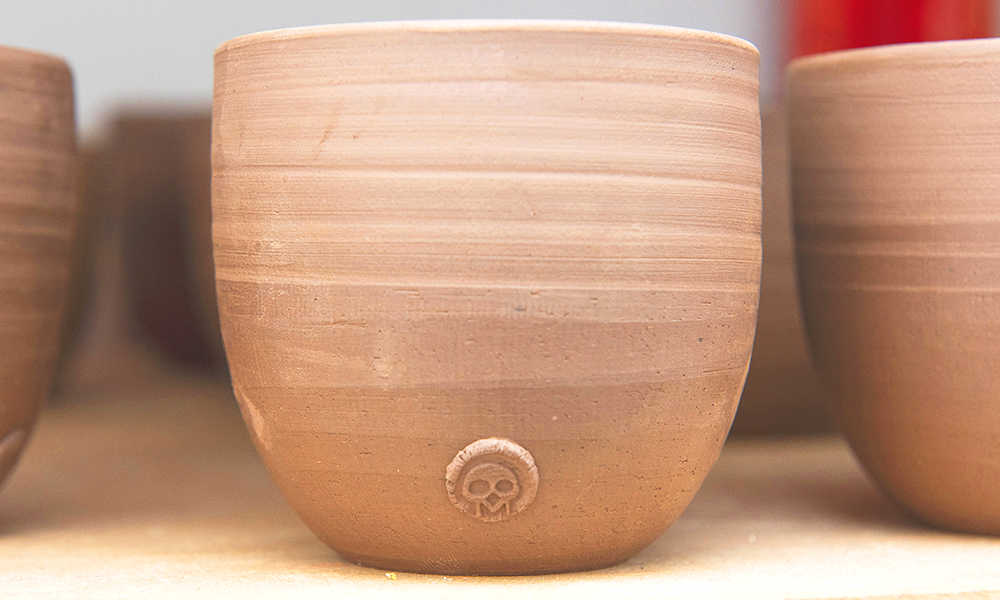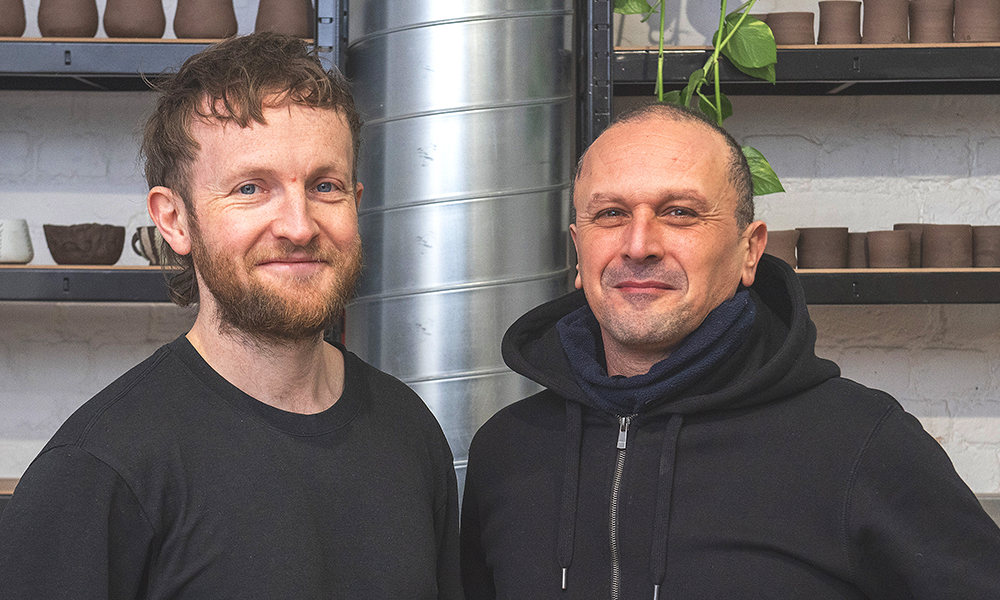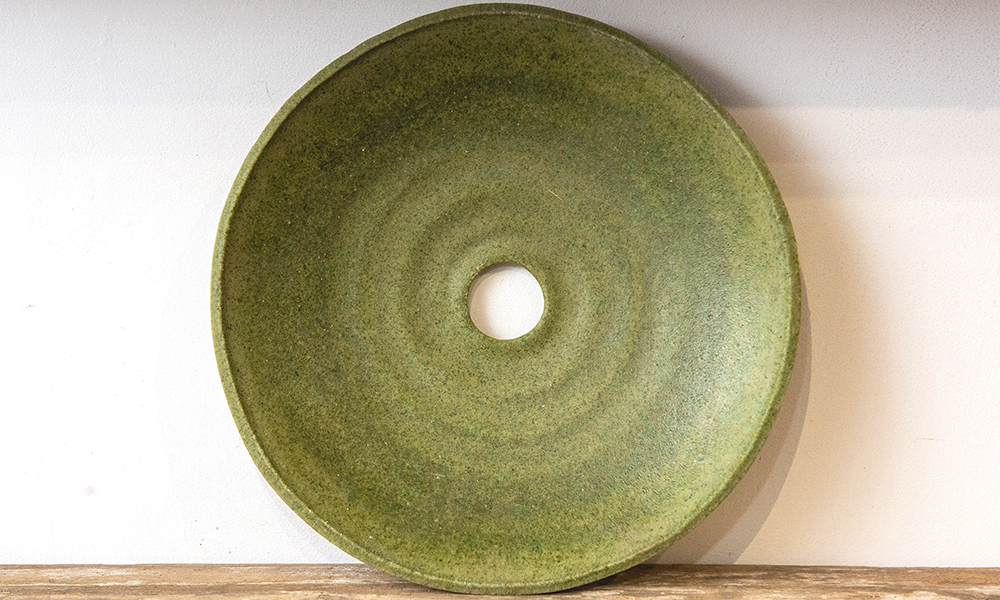Founded by Sol Bouille in Hackney Wick, the Tower Hamlets fitness business has expanded to Brannan Street in Wood Wharf and offers group sessions

Subscribe to our free Wharf Whispers newsletter here
ADVERTISEMENT FEATURE
Sol Bouille’s Pilates journey began with injury.
The Argentinian dancer and dance teacher suffered a slipped disc and turned to the exercise system to help her recover and strengthen her body.
“I’ve always been interested in movement and I have a degree in musical theatre, jazz dancing, singing and acting and I trained in New York at the Broadway Dance Centre,” said Sol.
“I’ve been working as a dance teacher since I was 21 and living in London for 12 years now.
“It was when I started to do Pilates after that injury that I discovered it was wonderful, not just for me but for everyone.
“As a dancer, I train very intensively, but I don’t like the anxiety that comes with training hard in the gym.
“I found Pilates very calming and mindful – you’re connected and you train very directly in every way.
“It’s not just about being strong.
“It helps you to walk, to stand, to be flexible, to be mobile.
“It doesn’t matter what age you are, or what your fitness level is, there’s always an option for you in a class.”
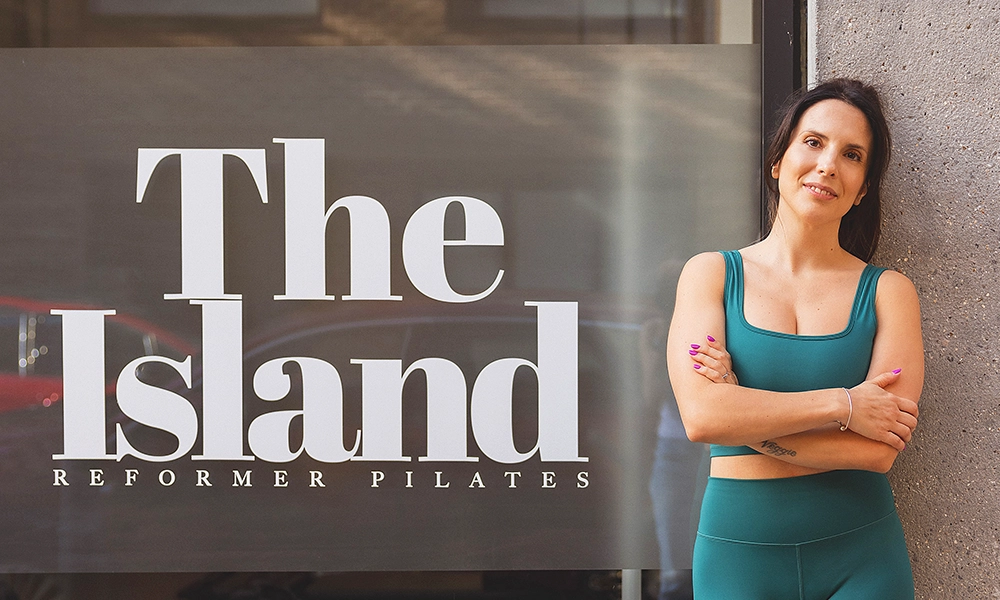
founding The Island Studio
After qualifying as a Pilates instructor, Sol built up her class load until she was full time.
Then after a number of years working in studios she realised she was dispensing advice to other instructors and started thinking about starting her own business.
“I wanted to have better ambience, better music and a better space in general,” she said.
The result was The Island Studio, a space in Hackney Wick with classes built around Reformer Pilates beds, which use the resistance of springs to support or challenge the body when exercising.
“Initially, I wasn’t a hundred per cent sure about opening my own studio, but a space became available, right next to where I live,” said Sol.
“It was spacious and airy, with beautiful natural light and, when I walked in, I knew it was for me.
“Many studios in London are underground or don’t have many windows, so I was lucky to find this place.
“It was perfect, so I started with just nine beds for Reformer Pilates.
“The classes are small and there’s so much you can work on. It’s an intimate experience, so I now have a lot more friends.”

growing the business
Opened in November 2022, Sol started as the only instructor, carefully building up the business, discovering the appetite for Reformer was strong in the predominantly residential community at Hackney Wick.
After hiring more instructors, her attentions turned to the future and growing the business.
While pregnant, a walk round Wood Wharf inspired her to get in touch with Canary Wharf Group, which was seeking Tower Hamlets-based companies to expand their operations in its newest neighbourhood.
Having also expanded to Kentish Town, Sol’s third studio has opened at Brannan Street, close to Union Square, this month.
“I’ve done all that and had a baby five months ago,” she said. “But I’ve always been creative beyond dancing – with colours, design and choreography.
“I’m doing everything at The Island Studio, I’ve created the role I always wanted.
“In Canary Wharf, just as at our other branches, we are offering small group Reformer Pilates classes.
“These are dynamic, following the principles of classical Pilates but with a modern approach.
“Each class is a full body workout based on flexibility, strength and mobility.
“We plan the classes in such a way that everyone is welcome, so you don’t have to be strong or flexible, you just have to be there.
“You can train at the level you want.
“The advantage of training in a small group is that the instructors can personalise exercises and modifications to your needs – similar to what would happen in a private one-to-one session, but more affordable.”
what to expect at The Island Studio
Reformer Pilates is unquestionably having a moment with studios opening across London and group classes at gyms consistently fully booked.
The Island Studio offers Wharfers a range of ways to experience its services.
“We have packages and memberships – the more you buy, the cheaper it is,” said Sol.
“When clients enter the space they will be greeted by an instructor.
“Then they take their shoes off and find their machine – the space is very clean and airy.
“People can buy grip socks from us or use their own.
“Then it’s simple, you don’t have to remember anything – the instructor will tell clients everything they need to perform every exercise and offer modifications where needed.
“There’s nothing to worry about.”
key details: The Island Studio
The Island Studio is now open in Wood Wharf’s Brannan Street.
A three-class intro offer is available for £48.
Full details of classes and packaged can be found online.
Book your first class via this link




